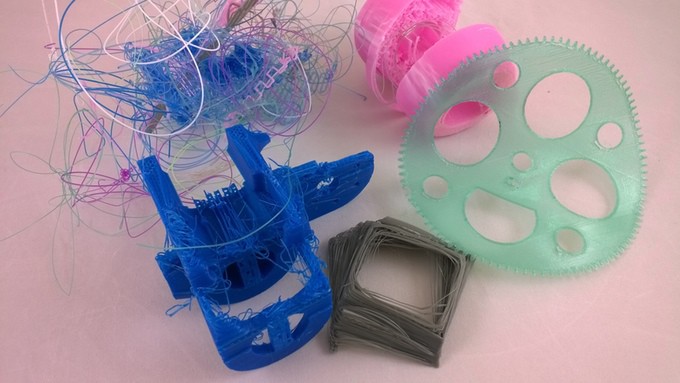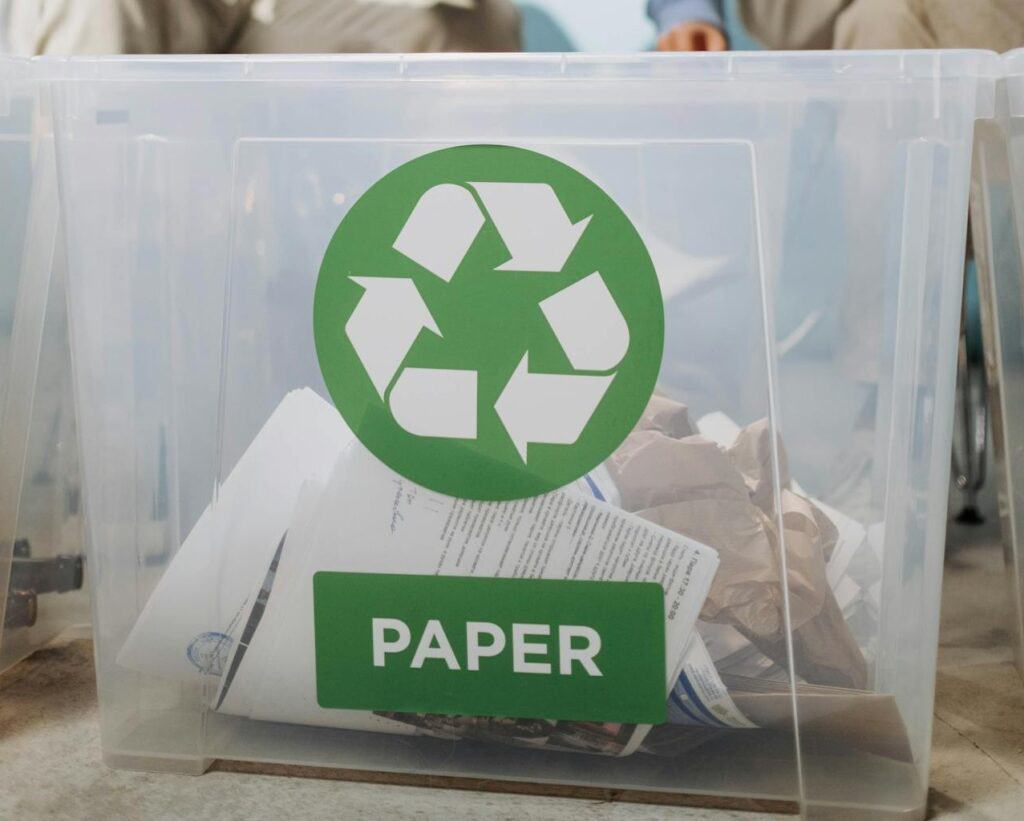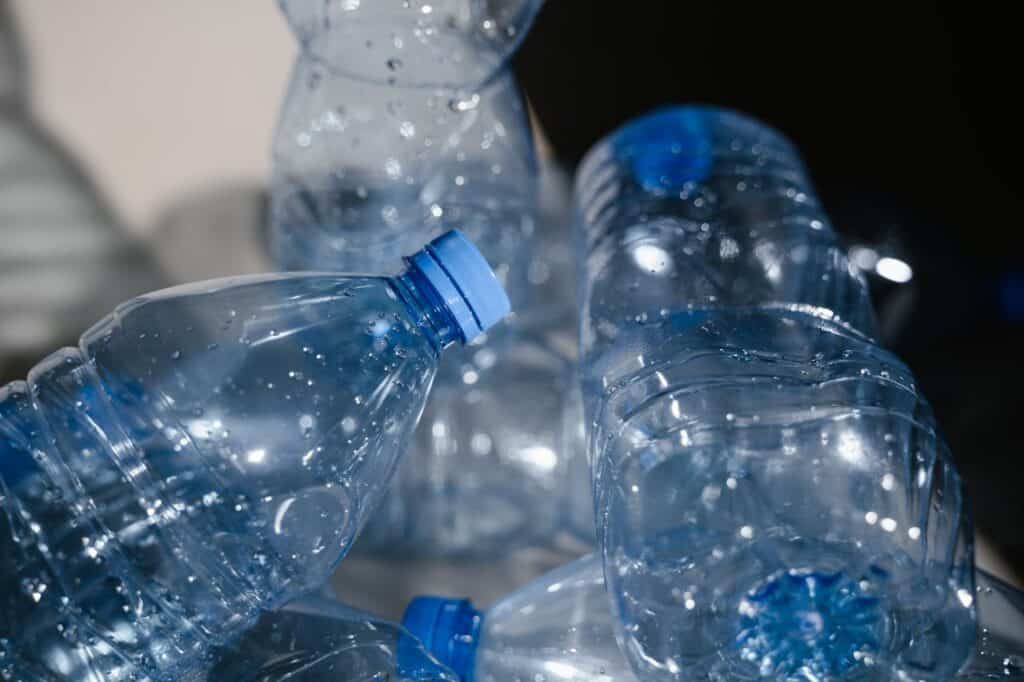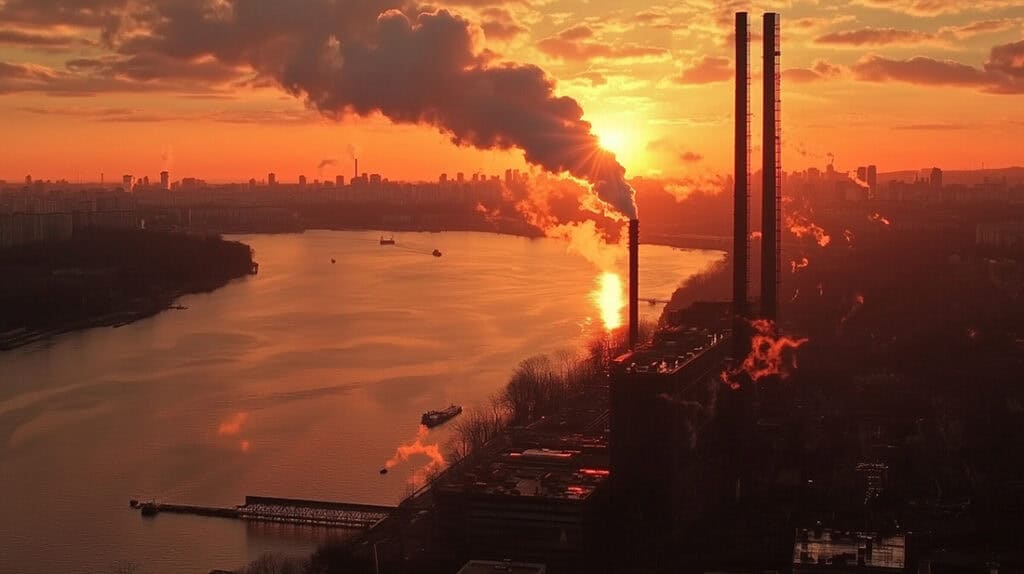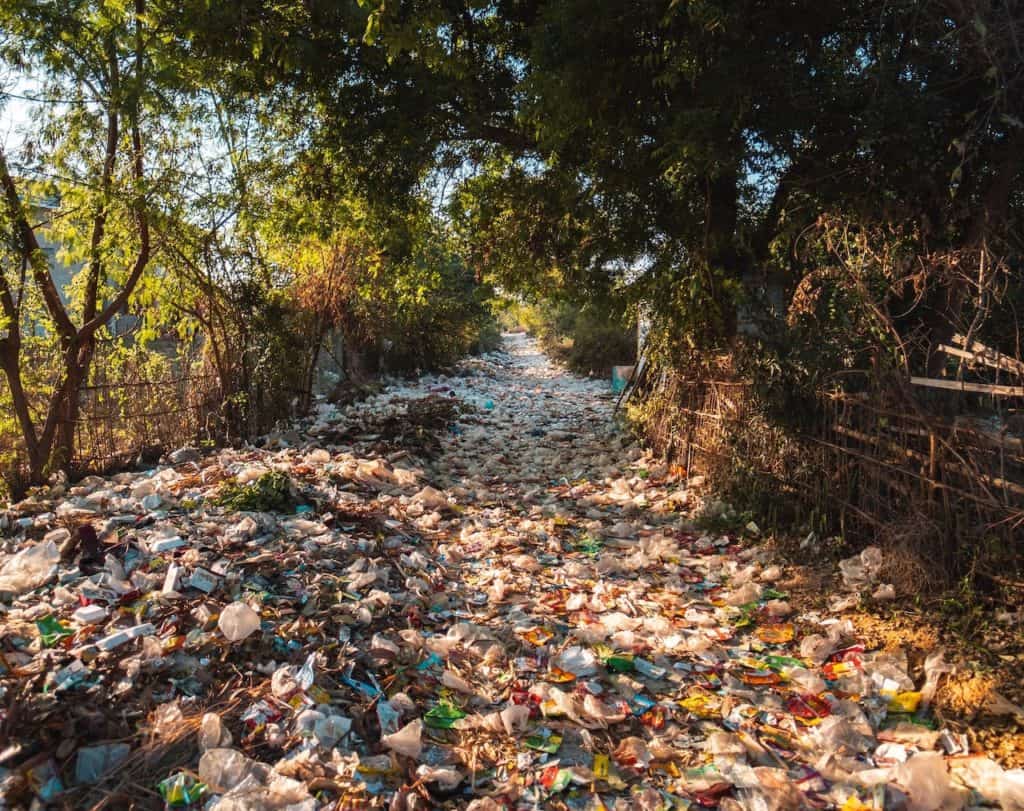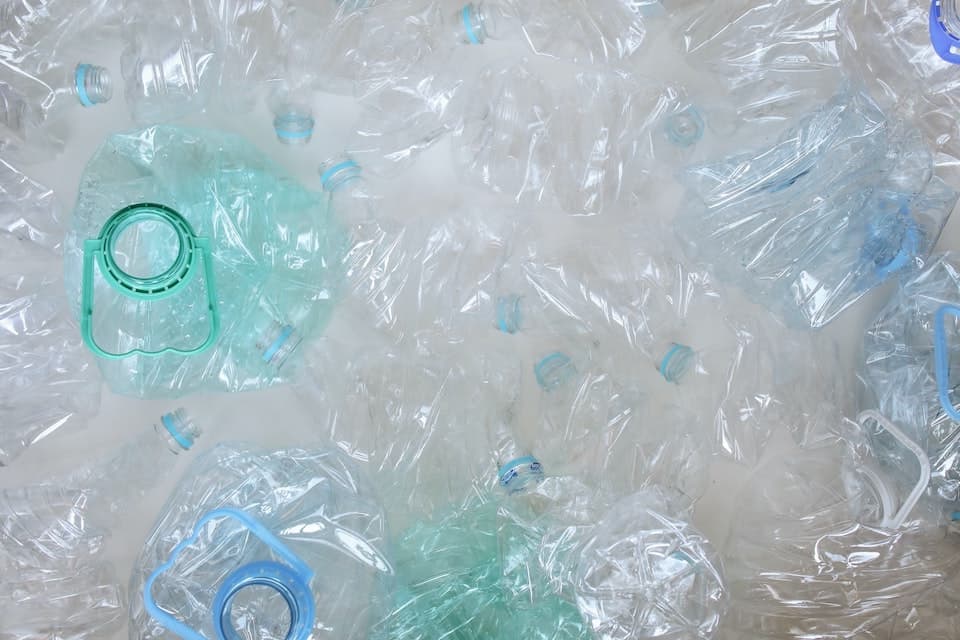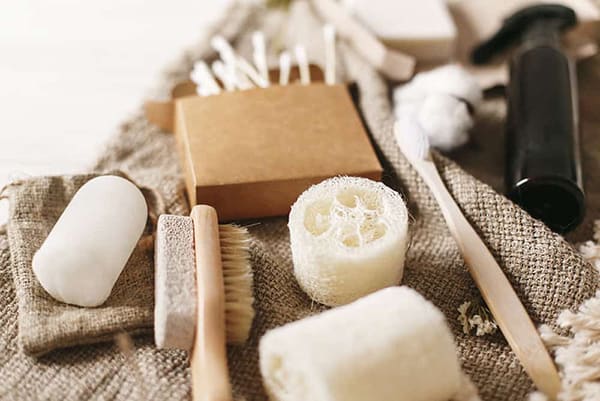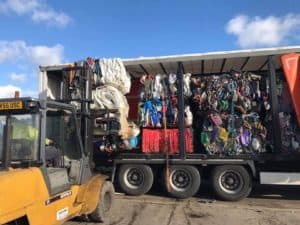Plastic Expert is pleased to welcome Stephen Lloyd from Strooder…

My name is Stephen Lloyd I am the operations manager of OmniDynamics. We have spent the last year developing and producing our first product, Strooder. Strooder is a machine designed to convert common plastic pellets into 3D printing filament at a fraction of the cost. The company was founded by David Graves and Gregory Gruszecki who now hold the titles of CEO and CTO respectively. During our university degree studying Robotics, David and Greg used the opportunity of the placement year to found the company. I and several other students joined them in this endeavour.
Can you tell our audience a bit about the history of Strooder?
We initially started out in the company with the idea of carrying on with ideas from our course and building robots. To achieve this we looked in to the technology of 3D printing to help us produce prototypes, however we very quickly saw the cost of filament and the amount of waste material as a barrier to our development. This led us to the idea of developing a machine to assist us in this, by creating our filament and even recycling the waste material from printers.
What makes Strooder innovative?
The main focus of the Strooder has been to create a machine that anyone can use, the technology is not entirely new but was not originally intended for home use. We have spent a lot of time working on making Strooder as simple to operate as possible and safe to use in the home. This has been achieved by adding in systems such as a touch screen interface with preloaded material settings for ABS and PLA, we have also completely encased the product and covered all exposed hot nozzles in silicone to make it safe for anyone to use.
Tell us about the plastic pellets that are used within the machine?
The pellets we use are industry standard for injection moulding and are therefore far cheaper than off the shelf filament. We have currently successfully extruded with ABS, PLA, TPE (various shore levels), PET, HDPE, PE and TPU. This greatly expands the material properties that are available to people allowing them to print even more than before. The Strooder has been designed with experimentation in mind for anyone to be able to try out any plastic, create their own custom printing material. We then take this one step further by using master batch pellets, master batch is effectively just compressed dye. By adding this to the plastic we are capable of creating any colour by mixing the four master batch colours (red, blue, yellow, black) or even a gradient or rainbow filament
How does the plastic recycling process work with Strooder?
We have used Strooder to recycle several plastics including PLA, ABS and TPU. Any plastic (assuming it melts below 250C) can go through the machine, it just need to be broken down to 5mm pieces to fit in to the hopper. Currently this could be achieved with scissors or other cutting equipment, but in the near future we will be producing a new machine to do this for you safely.
Do you think it’s important to take the role of large machinery and downsize it until it can be used at home or in the office?
Most definitely, the world is constantly wanting to move faster and develop at an expanded rate, to be able to keep up with that pace we need to be able to create what we want now. Devices like Strooder put the power of creativity in to the maker’s hand allowing them let their imagination run free and to build their own custom parts or objects at home. 3D printing has given people the freedom to make at home but it is still expensive due to material costs. The material properties available are also quite restrictive as all the plastic either has the same property or is 4 times the price. By using Strooder however it lowers the cost of printing and gives a range of material properties to the maker that they didn’t have access to before
What are some of the challenges you’ve overcome through development?
We aimed to create a machine that would not look out of place in the office taking up no more space than a standard inkjet printer but would still produce the same quality filament as a factory grade machine the size of an office. This is something we are happy to say we have achieved. The challenges however were primarily fitting everything in the case. We have had to user a gear box to allow for a larger motor and we have had to use heat breaks and insulation to create specific heat zones within the machine. The machine has been rigorously tested and is now performing as desired producing up to 3M of filament a minute with tolerance 0.05mm and often better.
Can you tell us about some of Strooder’s cool features?
Strooder has been designed to be as simple and as safe as possible. The touch screen interface has a materials setting list that has preprogramed material settings for both ABS and PLA allowing for simple one touch operation. On the push of the start button it automatically heats up to the desired temperature and will begin extruding when temperature is reached. Strooder will also stop extruding if it runs out of pellets (also gives a low pellet warning). If you start experimenting with new materials in Strooder you are able to save those material settings in the menu of download material profiles from our website and upload them over USB to Strooder directly. All these features make it easy and safe to produce your own custom colour or material filament at really low cost and the ability to recycle home and 3Dprinted waste.
How do you think 3D printing will make better use of plastic over time?
The obvious answer to this would be through recycling and this is an aspect we are very excited about, so much plastic is currently wasted both in 3D printing and around the home, Strooder will lower this waste and hopefully increase the environmental benefits of 3D printing. I also think we will start useing 3D printing more in new areas, especially education Currently in schools they spend the majority of time in design and technology subjects making something either sanding or polishing, but with 3D printing this time is cut from weeks to hours allowing more time for the evaluation stage in which they actually learn.
How would I programme Strooder? Would I use my phone or computer? Would I need special software?
Strooder comes preprogramed and preloaded with initial material settings, if you do however want to install an updated version of the software as we release it or want to download material profiles, you can do this by connecting it to your PC via USB cable. This however is not necessary to be able to add new settings to Strooder, you are capable of adding and adjusting material settings through the touch screen menu.
How have you seen Strooder develop and grow over time?
We originally created Strooder as a way to create cheaper filament, however it has now become so much more than that, we keep expanding its uses and applications and I am always excited to see where it will head next. This lead to us improving every aspect of Strooder from a more powerful motor to increased safety features, the aim being that Strooder can be used not just to make every day plastic but can be used to create something truly unique with no fear of it breaking
Where would you hope to see Strooder in five years time?
During our Kickstarter campaign Greg stated Strooder was a product he could see in every home, every workshop and every makerspace. This is quite simply where I see Strooder, I think everyone who gets a 3D printer will get a Strooder as the facts simply speak for themselves, it pays for itself in ten spools of filament, it offers custom colour, custom material properties and it simple and easy to use.
Thanks Stephen!
If you want to learn more about Strooder, watch the video below.

